 Multiply each numerator by all the denominators except its own, for the new numerators ; and all the denominators together for A COMMON denominator. NOTE 1. Multiply each numerator by all the denominators except its own, for the new numerators ; and all the denominators together for A COMMON denominator. NOTE 1.  The elements of algebra - Page 76by Andrew Bell (writer on mathematics.) - 1839Full view The elements of algebra - Page 76by Andrew Bell (writer on mathematics.) - 1839Full view - About this book
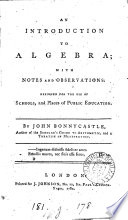 | John Bonnycastle - 1782 - 272 pages
...¡агx+3аxг — x1 С 2. RUI, E.. Multiply every numerator feparately into all the denominators but its own for the new numerators, and all the denominators together for the common denominator required. EXAMPLES: 1. Reduce — and — to fraftions of equal values b с... | |
 | Charles Hutton - Mathematics - 1811 - 406 pages
...2a*-2a— 4, CASE III. To Reduce Fractions to a Common Denominator. MULTIPLY every numerator, separately, by all the denominators except its own, for the new numerators ; and all the s denominators together, for the common denominator. When the denominators have a common divisor, it... | |
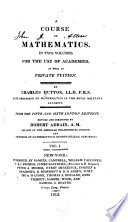 | Charles Hutton - Mathematics - 1812 - 620 pages
...— 4 CASE III. To Reduce fractions to a Common Denominator. MULTIPLY every numerator, separately, by all the •denominators except its own, for the...numerators ; and all the denominators together, for the common denominator. When the denominators have a common divisor, it will be better, instead of... | |
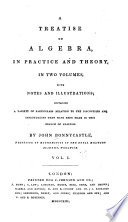 | John Bonnycastle - Algebra - 1813 - 456 pages
...ones, that shall have a common denominator. RULE. Multiply each of the numerators, separately, into all the denominators, except its own, for the new...numerators, and all the denominators together for a common denominator (o). EXAMPLES. i -to e a common denominator. 1. Reduce r and - to fractions that shall... | |
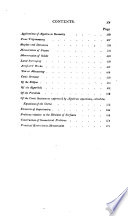 | Charles Hutton - Mathematics - 1816 - 610 pages
...Reduce Fractions of Different Denominators, to Equivalent fractions having a Common Denominator. * MULTIPLY each numerator by all the denominators except its own, for the new numerators : and multiply all thedenominators together foi a common denominator. Note, It is evident that in this and... | |
 | John Bonnycastle - Algebra - 1818 - 284 pages
...ones, that shall have a common denominator. RULE. Multiply each of the numerators, separately, into all the denominators, except its own, for the new...numerators, and all the denominators together for a common denominator (A). EXAMPLES. 1. Reduce - and- to fractions that shall have a combc denominator. Here... | |
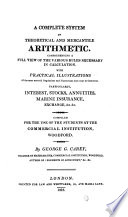 | George G. Carey - Arithmetic - 1818 - 602 pages
...reduce fractions of different denominator* to equivalent fractions, having a common denominator. RULE. Multiply each numerator by all the denominators, except its own, for the new numerators; and multiply all the denominators together for a common denominator. EXAMPLE. t Reduce ; , J, {, to a common... | |
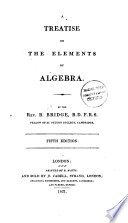 | Bewick Bridge - Algebra - 1821 - 648 pages
...reduce Fractions to a common Denominator. RUI.B. " Multiply each numerator into every denominator " but its own for the new numerators, and all the denominators " together for the common denominator." EXAMPLE 1. Reduce — ,— , and — , to a common denominator. •3 v J 1.xx... | |
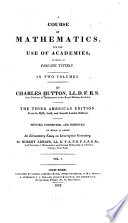 | Charles Hutton - Mathematics - 1822 - 616 pages
...To Reduce Fractions of Different Dcwminatort, to Equivalent Fractions having a Common Denominator. * MULTIPLY each numerator by all the denominators except its own, for the new numerators : and multiply all the denominators together for a common denominator. .•V.'fl, It is evident that in this... | |
 | James Ryan - Algebra - 1824 - 550 pages
...shall have a common denominator. RULE I. 152-. Multiply each of the numerators, sepa' rately, into all the denominators, except its own, for the new numerators, and all the denominators together for the common denominator. It is necessary to remark, that, if there are whole or mixed quantities, they... | |
| |